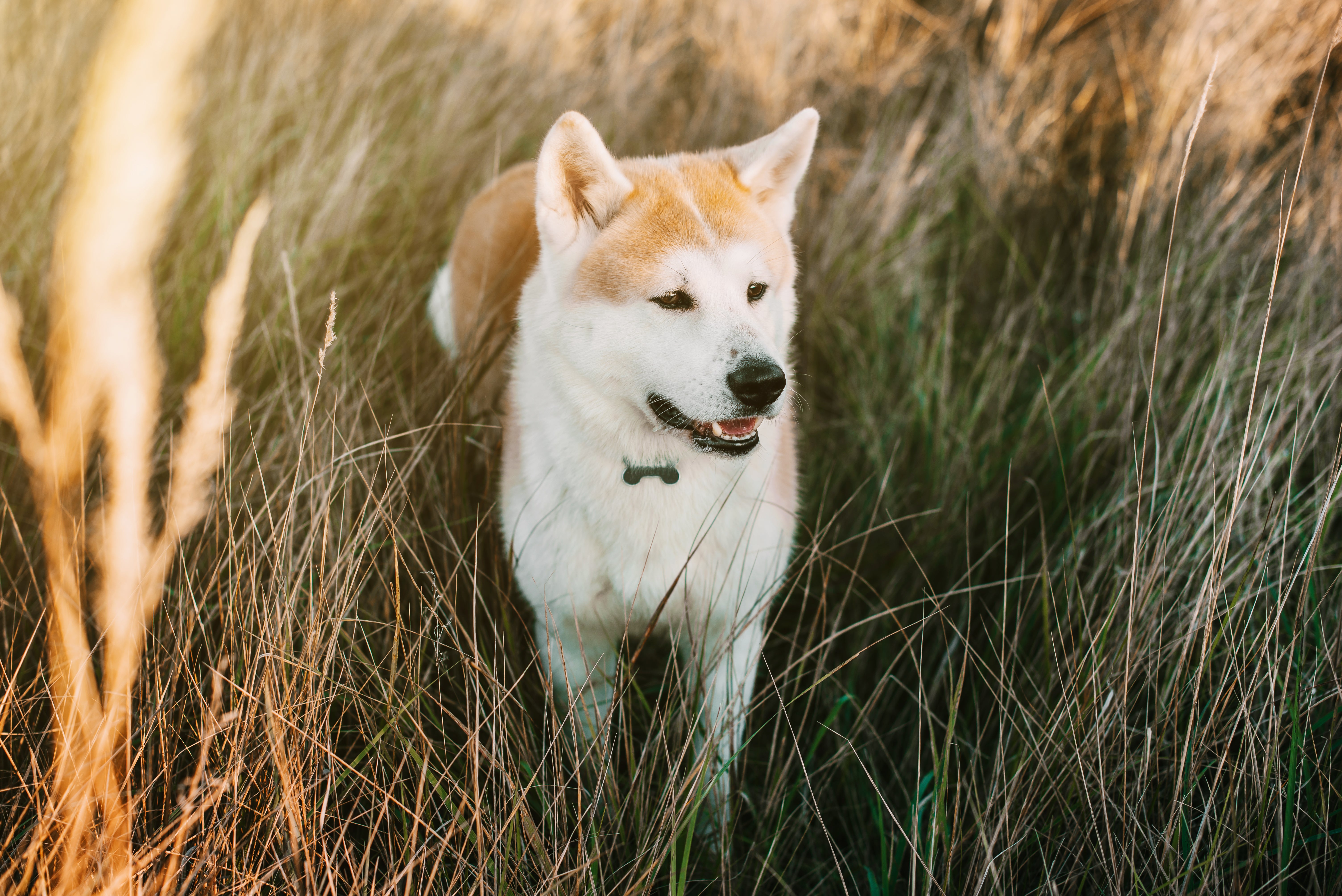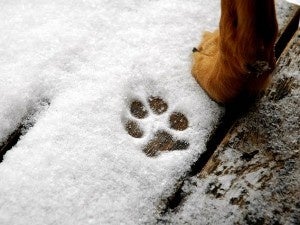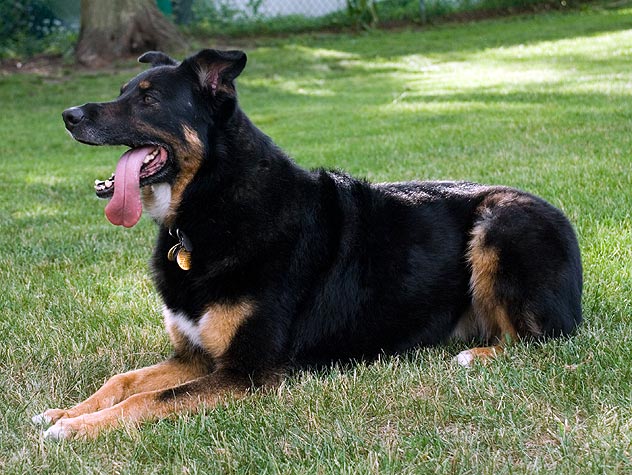Akita
Japanese Akita dogs are a large, powerful breed. Loyal lions, they have a proud head carriage and stance which are accentuated by their small ears and dark eyes, making them a striking sight. Their thick coats give them the effect of a cross between a teddy bear and a fox.
Breed characteristics carousel
Learn More
Need to Know
- Dogs suitable for experienced owners
- Extra training required
- Generally healthy breed
- Enjoys active walks
- Large dog
- Some drool
- Requires regular grooming
- Quiet dog
- Barks, alerts, and may be physically protective or suspicious of visitors
- Might not like other dogs
- May need additional training to live with other pets
- May need additional supervision to live with children
- Needs a large yard
- Best suited to suburbs or rural areas
- Can be left alone occasionally with training
- AKC Registered Breed

Personality
The Akita is a bold dog: independent, stubborn, and tenacious with a soft side reserved for their owners. They can be reserved or domineering with strangers, requiring a careful introduction to new dogs and household pets.
The Akita dog breed is perhaps the most renowned of the native Japanese breeds. The Akita has been used to restore many breeds, including indigenous Odate dogs, which were used as the best representatives of native Japanese animals. Over time, Japanese breeders selected many traits descended from some ancestors, including a black mask, pinto pattern, and substantial size. Americans perpetuated these characteristics.
Revered and respected in their native country, the Akita dog has enjoyed fame. In 1918, the Akita-inu Hozankai Society of Japan was formed to preserve the original Akita, and in 1931 the Japanese Akita dog was designated as one of Japan’s natural monuments. They are used as guard dogs and police dogs in Japan. The first Akita arrived in America in 1937. Helen Keller returned from Japan with one. American soldiers stationed in Japan also brought them back.
Like that date who never called you back, the Akita dog can be hard to read. Owners should know they’ll need to invest time in managing and socializing the dog, who can be aloof. They’re not the cuddliest of dogs and owners, including any children, should respect their boundaries. Prepare yourself for vacuuming up dog hair, long walks, and dog training.
Akitas will enjoy as much exercise as you want to give them.
These big bears need space to patrol. Because they can be potentially threatened by strangers, Akitas do best without close neighbors and constant disruptions.
There’s no way around it—Akitas shed heavily. Their coat requires regular attention. Ideally, grooming two to three times a week will maintain it properly. During heavy shedding periods twice a year, using a metal double-toothed comb to slough off the dead hair is essential.
Akitas need a lot of training and ongoing socialization like most powerful dogs. Good recall is important but cannot always be relied upon as they can default quickly to their instincts to chase. While some Akitas may enjoy training, many are less interested in traditional obedience and might give you side eye if you try too hard. However, they are deeply bonded to their owners.
The Japanese Akita dog breed isn't ideal for families with a lot of chaos or disruptions. They can be good companions in calm households with older or no children.
The cost of an Akita from a breeder is significantly more than the cost of adopting one from a local shelter or rescue. The adoption fee usually covers additional items such as spaying or neutering, vaccines, and microchipping.

Learn more about feeding and caring for your Akita on Purina.
Did You Know?
- The most famous Japanese Akita was Hachi. Each day Hachi would accompany his master Tokyo professor Eizaburo Ueno to the train station. He’d also be waiting for him when he got back. After his master died, Hachi would still show up looking for his master


